Extant Specimens
Over her lifetime, Colorado naturalist, Martha Maxwell shot and stuffed thousands of animals. In 1874, she put the animals on display in her Rocky Mountain Museum, a natural history museum on the second floor of the only brick building in the frontier town of Boulder, Colorado. A year and a half later she moved the museum to Denver, hoping to find a larger audience. Relocating, however, would not prevent commercial failure – income could not keep up with expenses. Still, her scientific work and the museums were well regarded, by the public and fellow naturalists. She was a pioneer in her field. Maxwell was one of the first people to install animals in habitat group dioramas – an innovation for which most histories fail to properly credit her.
Maxwell was invited to be Colorado’s representative to the 1876 Philadelphia Centennial Exposition. Entitled Women’s Work, her exhibition was a massive habitat diorama that included hundreds of mammals, large and small, and even more birds. She displayed a few live animals and built running water into the environment. Destitute upon realizing this monumental installation, she built a cave within her Philadelphia exhibition in which to live for the duration of the fair – turning herself into a part of the exhibition. Attempts to commercialize her taxidermy through photographic mementos and other ancillary business ventures repeatedly failed. The exhibition travelled to Washington D.C. and Rockaway Beach, NewYork, where she died in 1881 at the age of forty-nine. All of the specimens from the Centennial Exposition were sold off and ultimately lost to neglect. While a small number of other specimens reside in museum collections, most of the animals she had intended for immortality through her art were lost to history shortly after her death.
Of the thousands of animals Maxwell collected, one hundred twenty-seven specimens remain - one hundred thirty-two if the Smithsonian’s woodpecker eggs are counted individually rather than collectively. The largest quantities of specimens are preserved at the Museum of Comparative Zoology of Harvard University, the Smithsonian National Museum of Natural History, and the Field Museum of Natural History, respectively. In addition to those groups, a lone rosy finch resides, one each, at the Bell Museum of the University of Minnesota, the Royal Ontario Museum and the University Museum of Bergen, Norway. Almost all of the specimens are simple study skins. One mounted dusky grouse chick lives at the Smithsonian; the only remaining example of Maxwell’s taxidermy talent. The mounted finch at the Bergen Museum was stuffed and posed by the museum after its arrival in Norway. The photographs in this series record all of the known remaining specimens from Maxwell’s life and work, demonstrating just how much of her work has been lost.

Aquila chysaetos canadensis MCZ100934

Asyndesmus lewis MCZ27153

Bombycilla garrulus pallidiceps MCZ27118
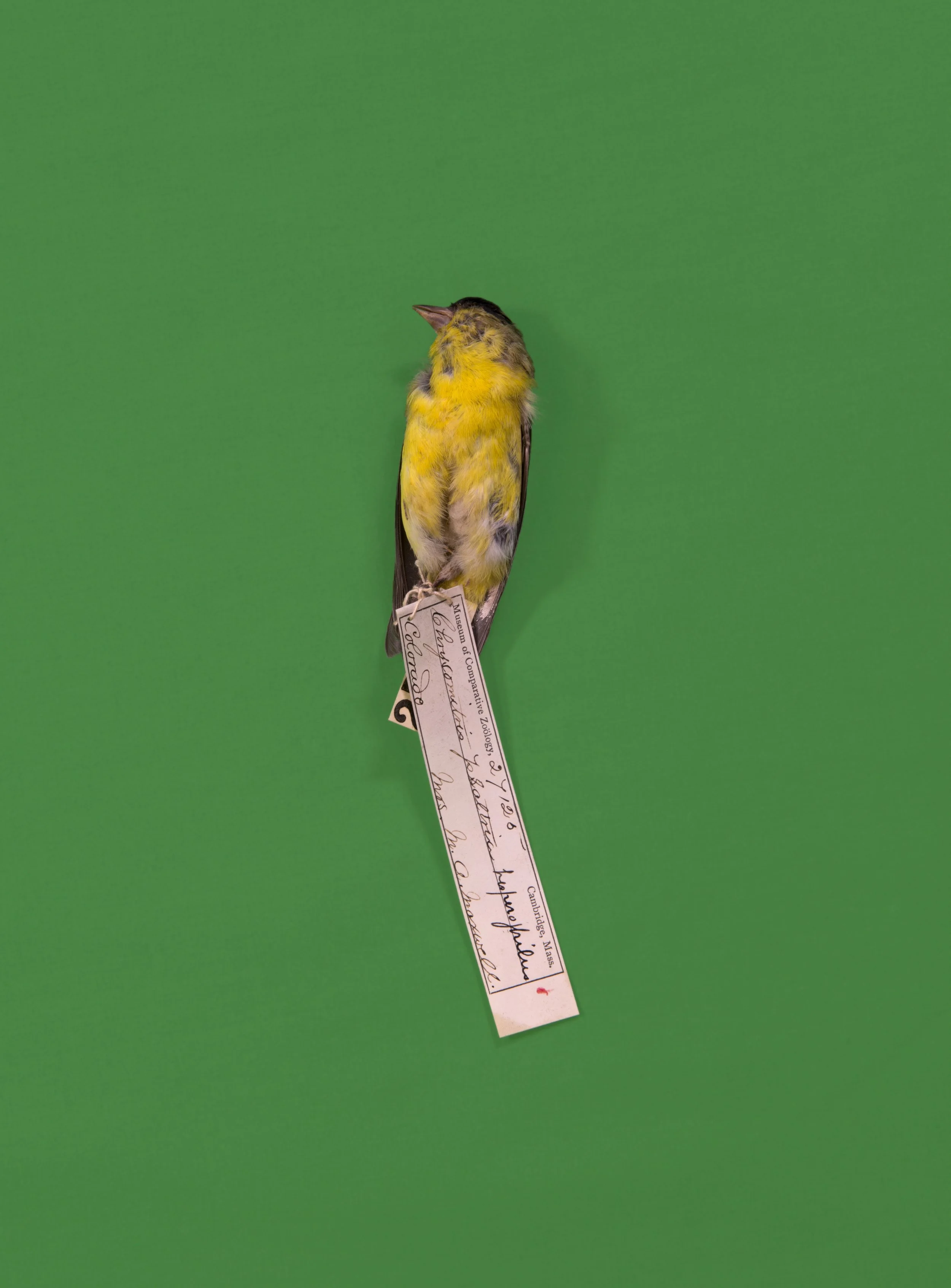
Carduelis psaltria hesperophila MCZ27125

Chordeiles minor MCZ112127

Citellus sp MCZ40 skull

Citellus sp MCZ40
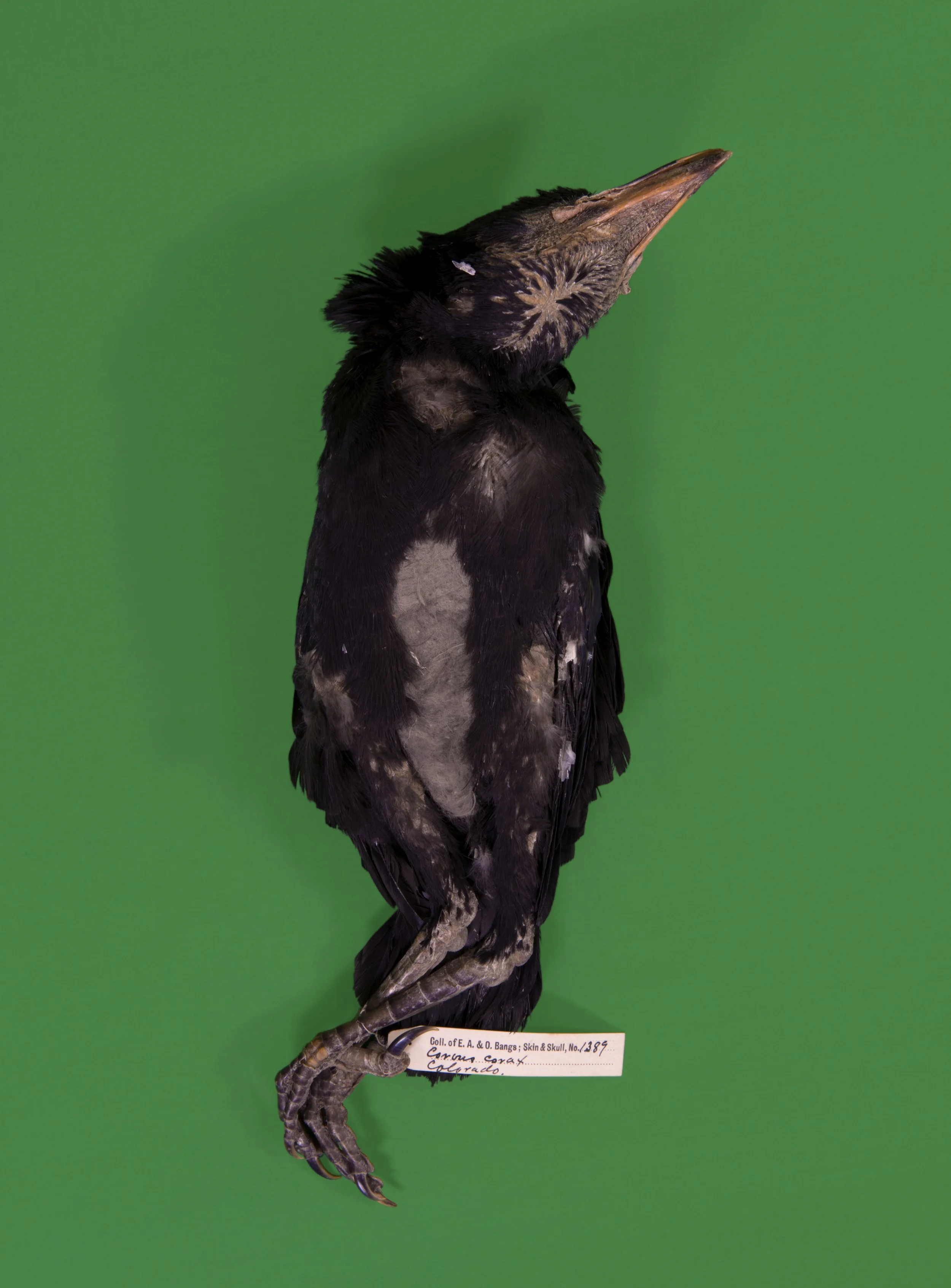
Corvus corax sinuatus MCZ101389

Cyanocitta stelleri macrolopha MCZ27141
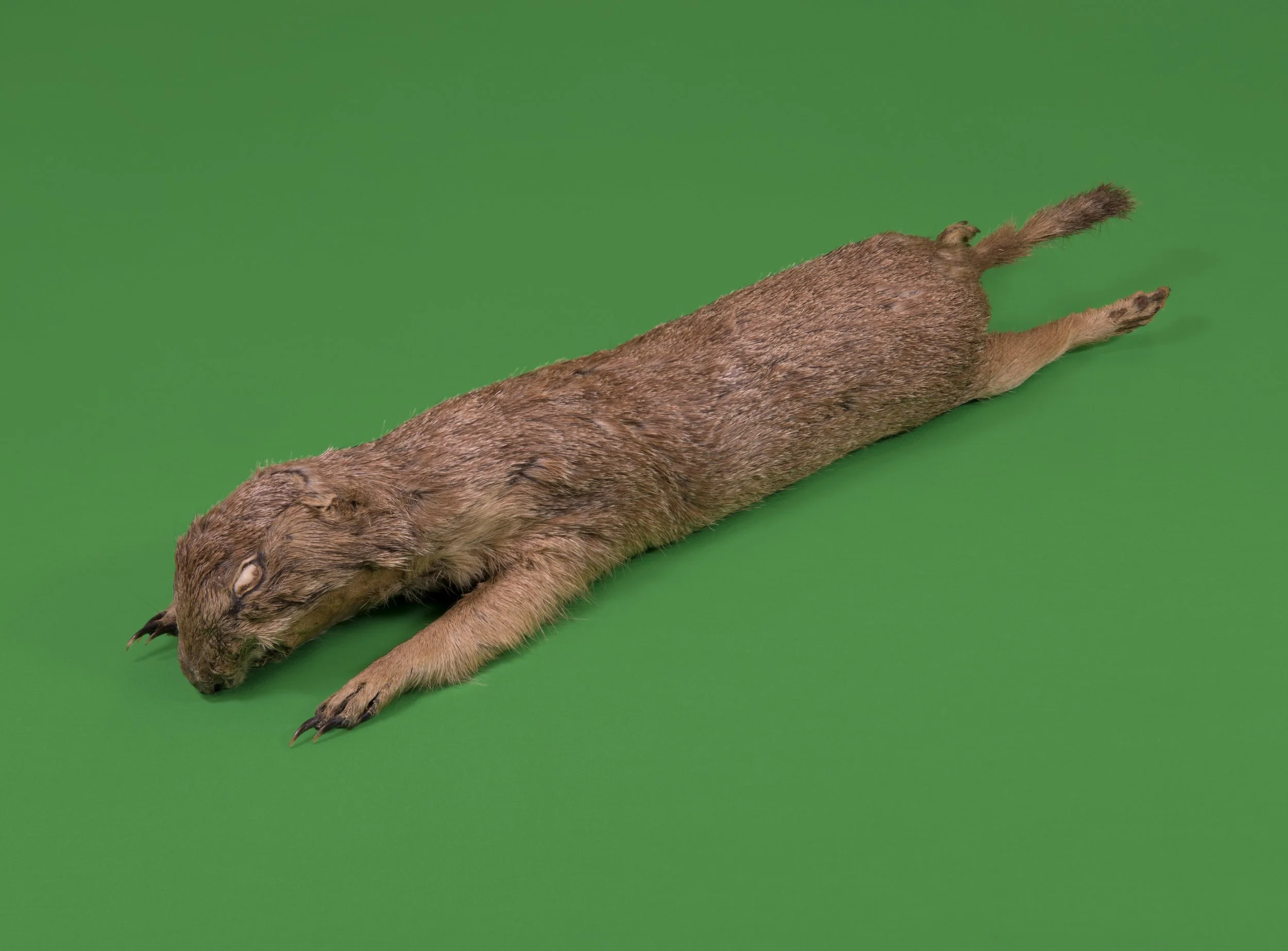
Cynomys MCZ39

Dendragapus obscurus USNM81905

Dendroica coronata auduboni FMNH26131
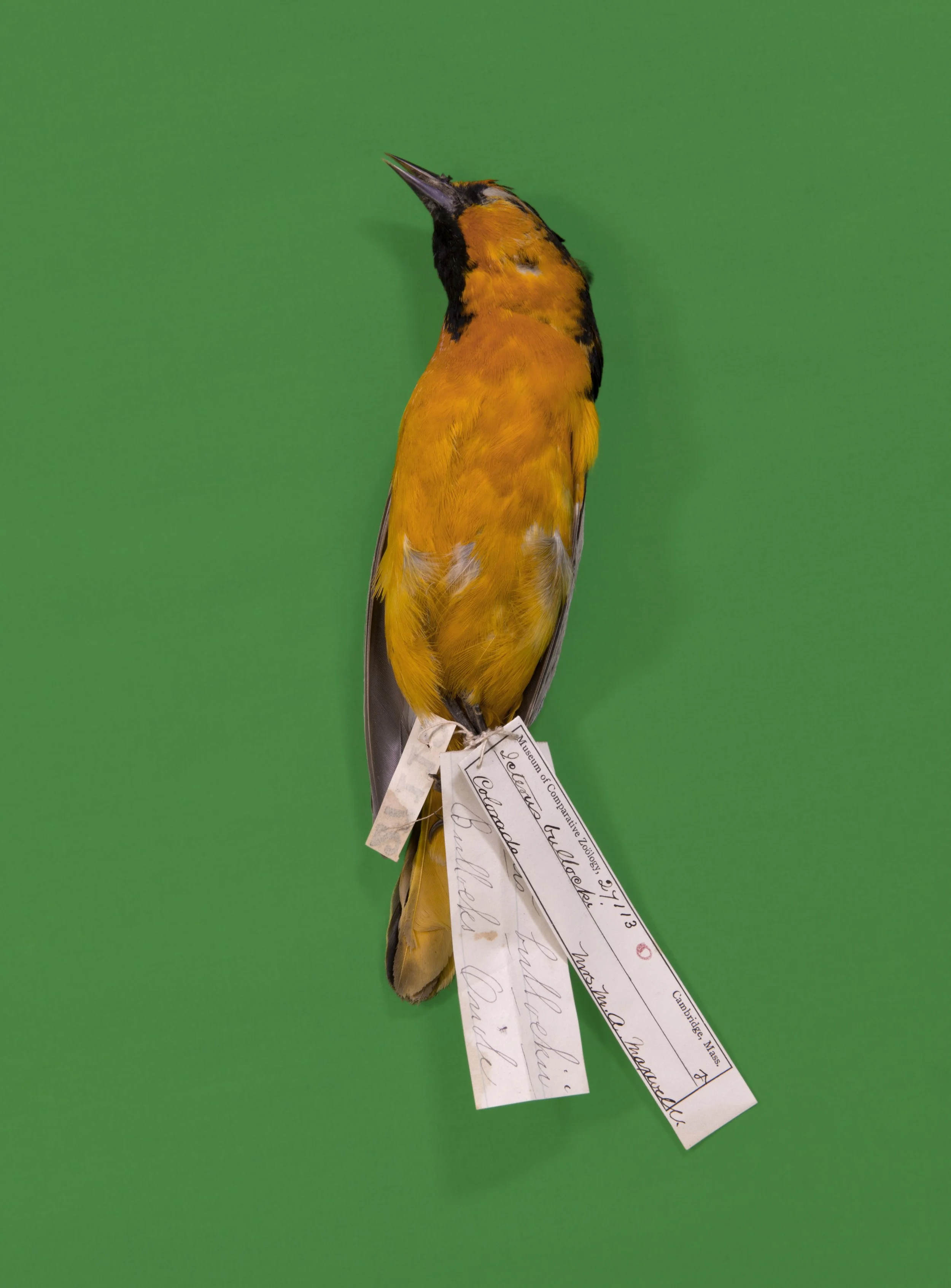
Icterus galbula bullockii MCZ27113
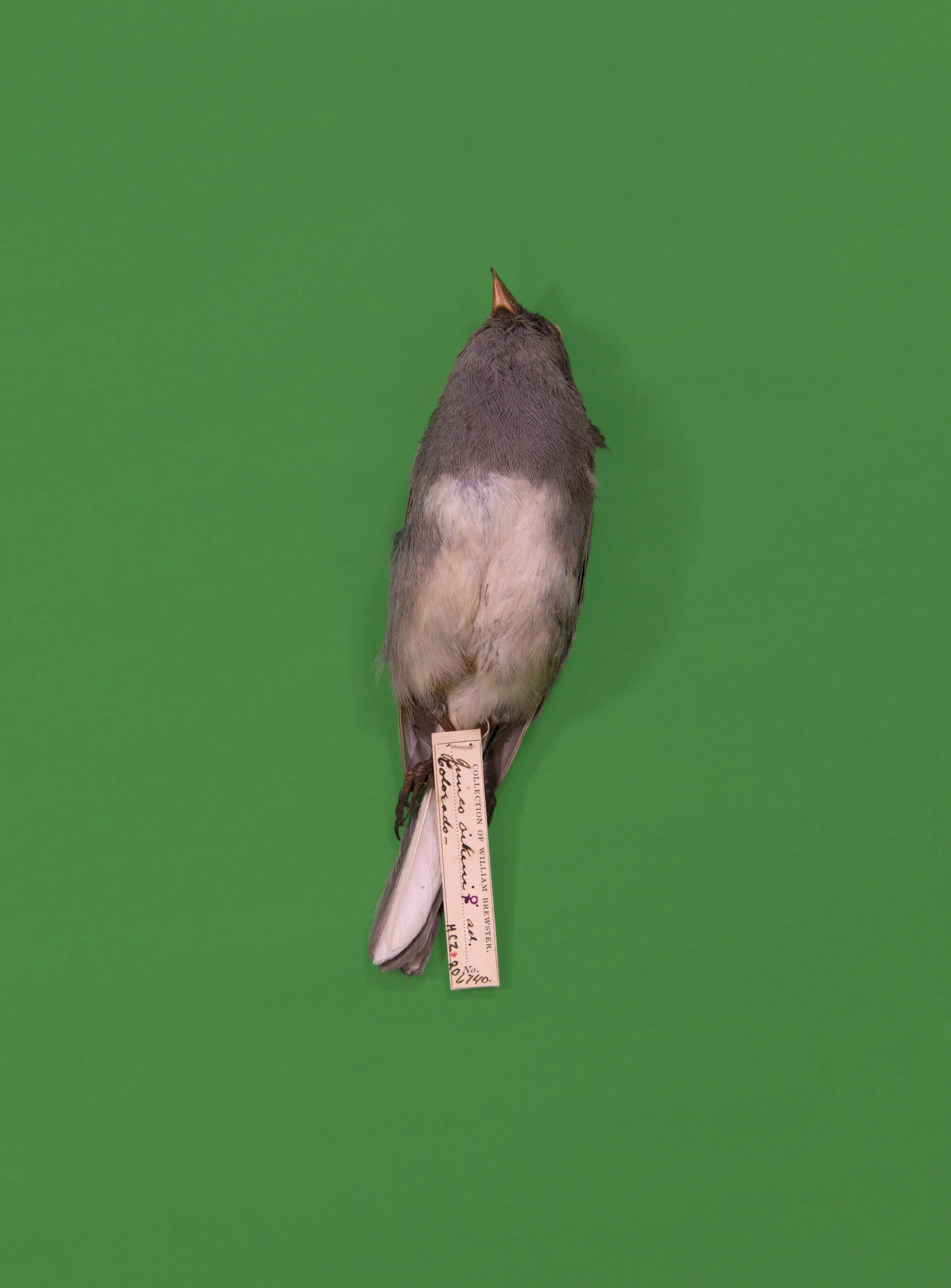
Junco hyemalis MCZ206740

Leucosticte arctoa tephrocotis MMNH219
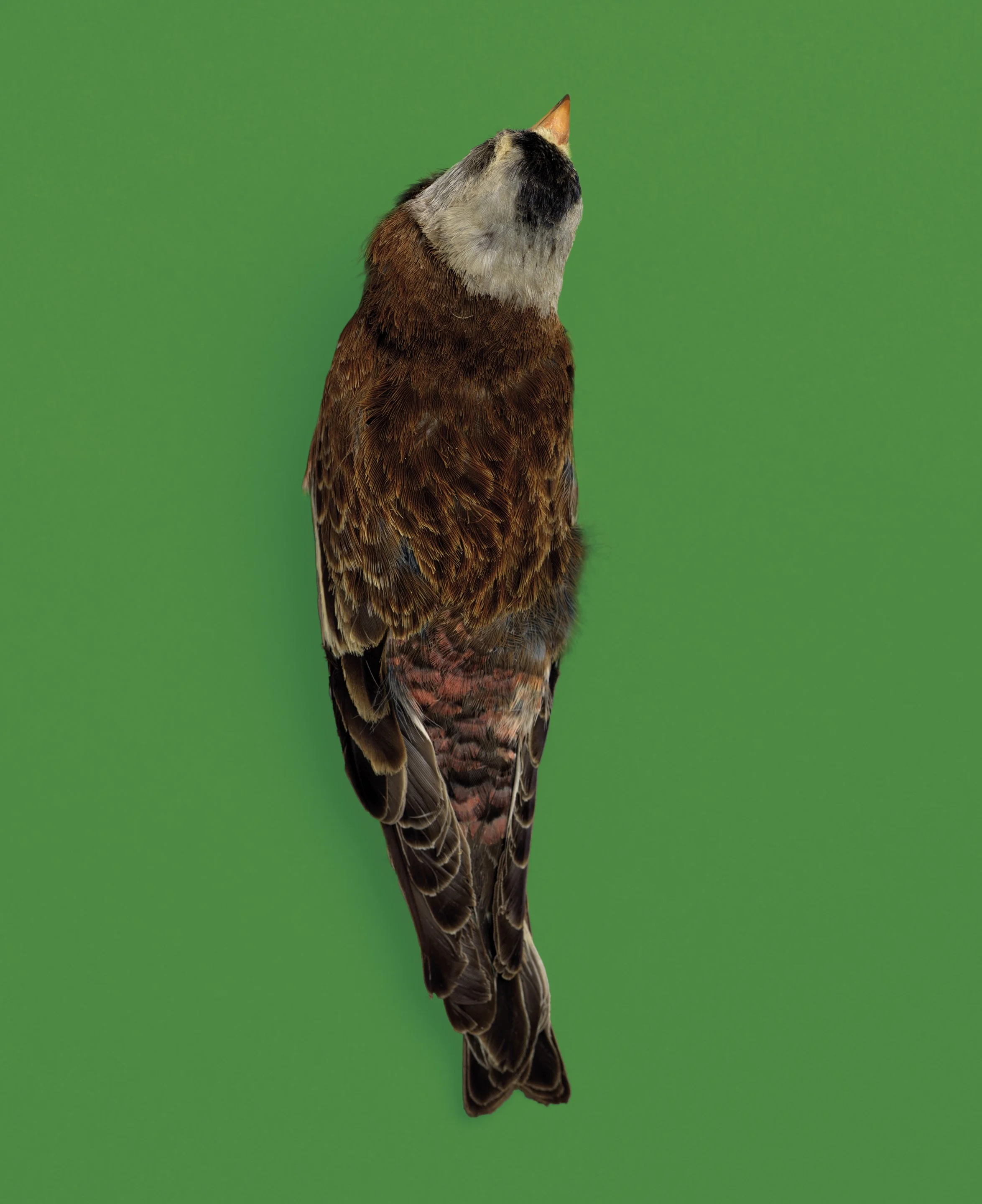
Leucosticte arctoa littoralis ROM64530

Leucosticte arcotoa tephrocotis BM1400

Leucosticte arcotoa tephrocotis USNM66630

Melanerpes lewis USNMB17326

Mustela frenata nevadensis MCZ37 skull
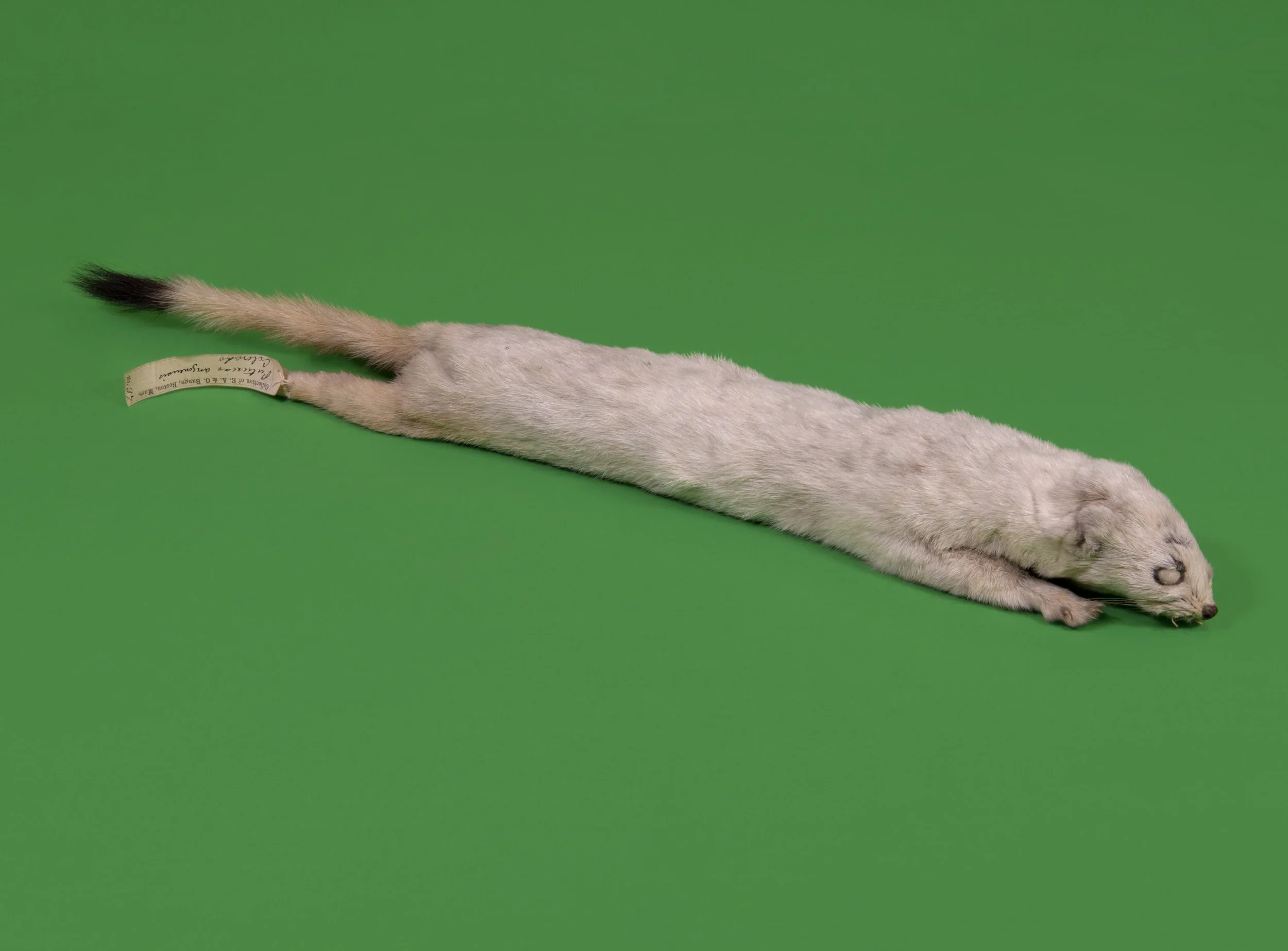
Mustela frenata nevadensis MCZ37

Otus flammeolus flammeolus MCZ133016

Otus asio Maxwelliae USNM81893
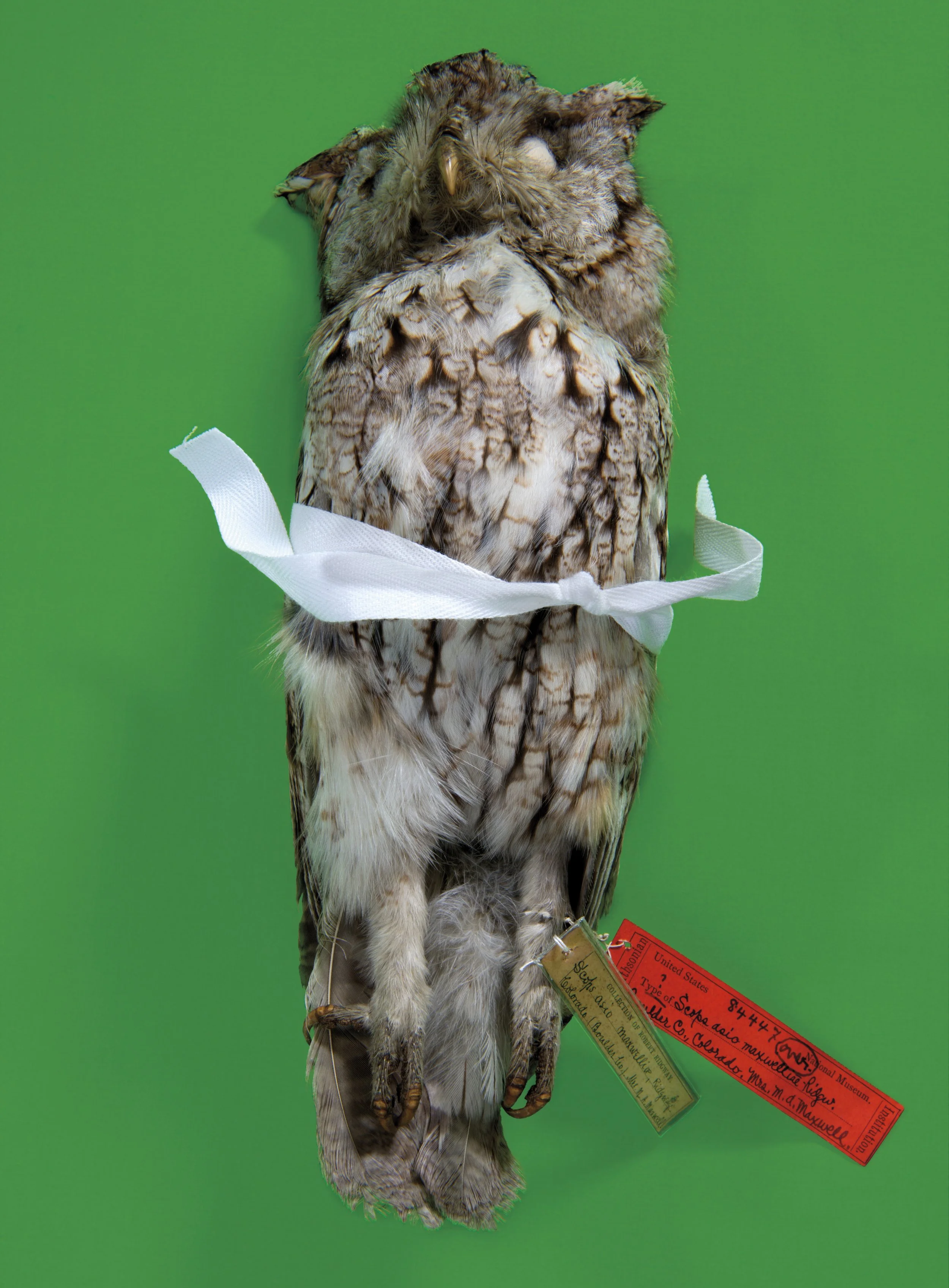
Otus asio Maxwelliae USNM84447
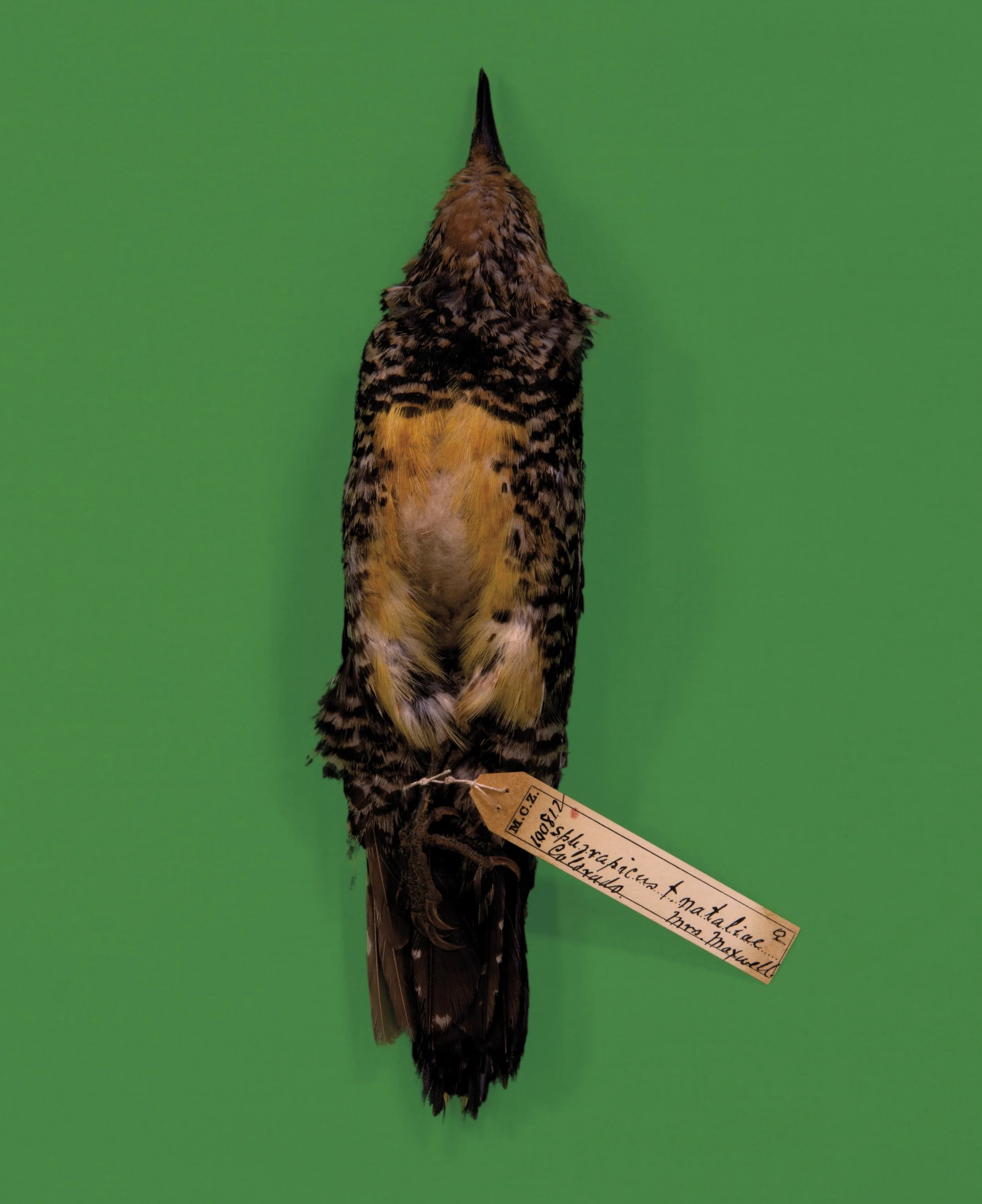
Sphyrapicus t nataliae MCZ100812

Steganopus tricolor MCZ27155

Tringa flavipes FMNH99774
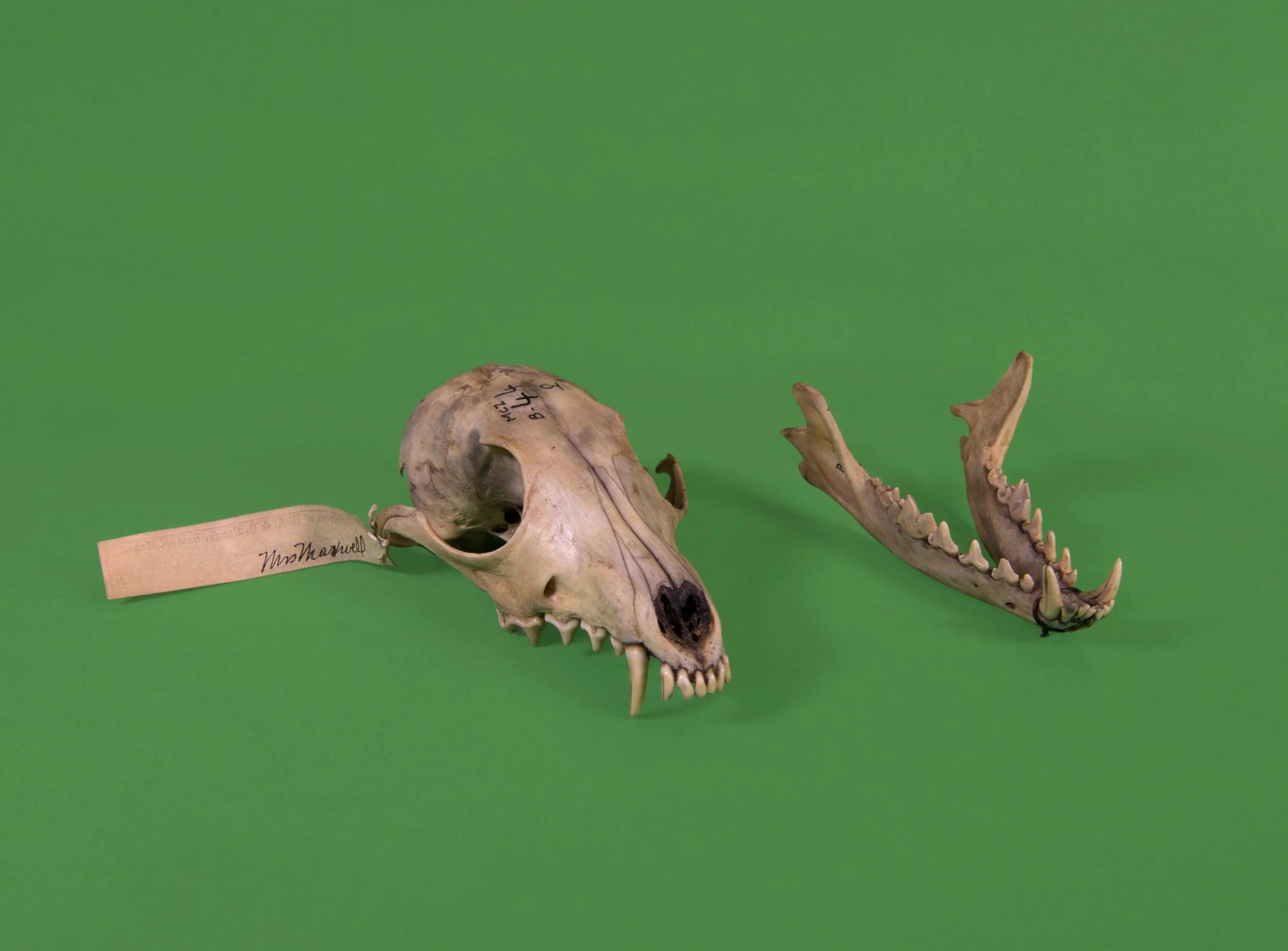
Vulpes velox MCZ44 skull
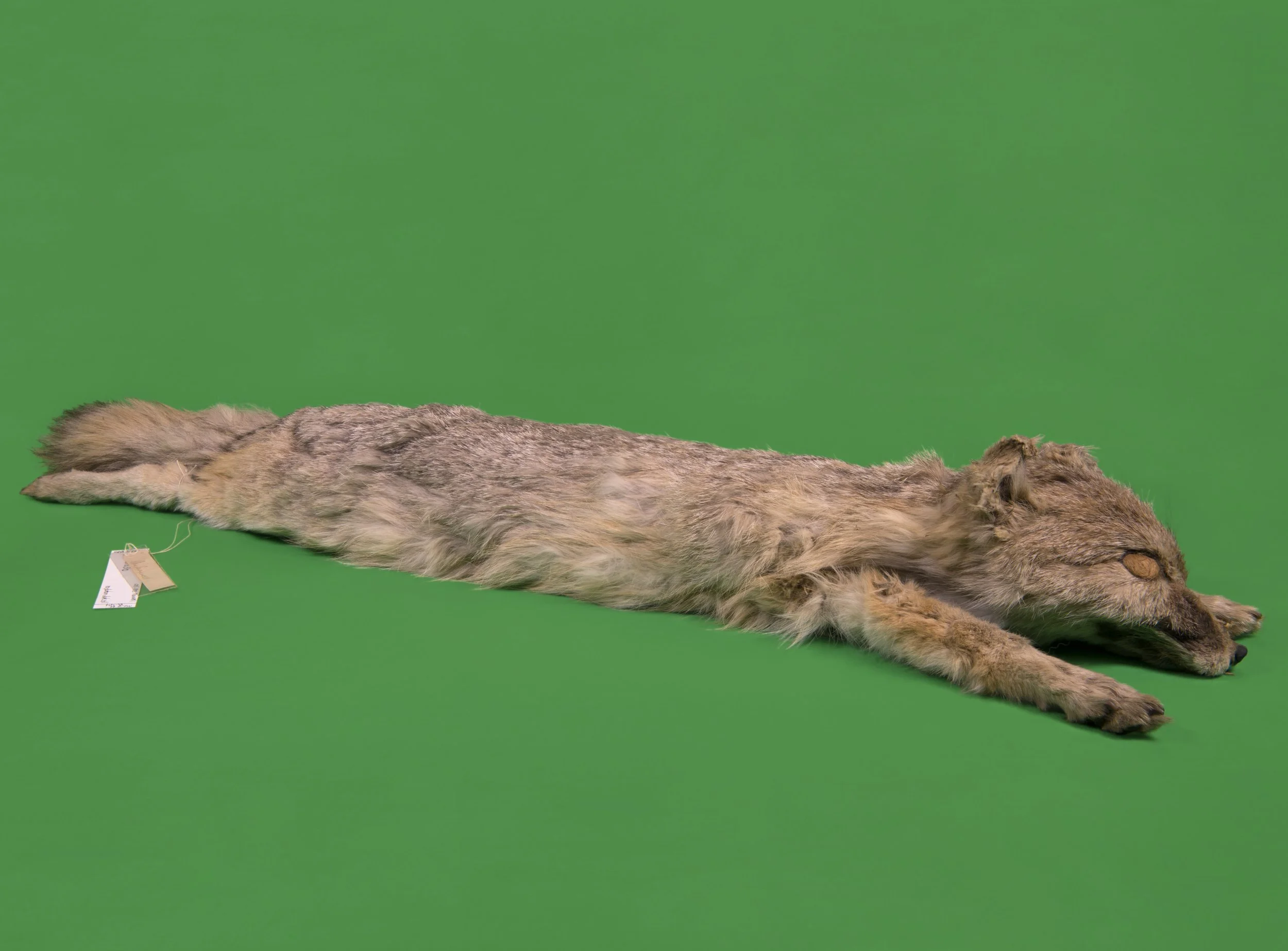
Vulpes velox MCZ44
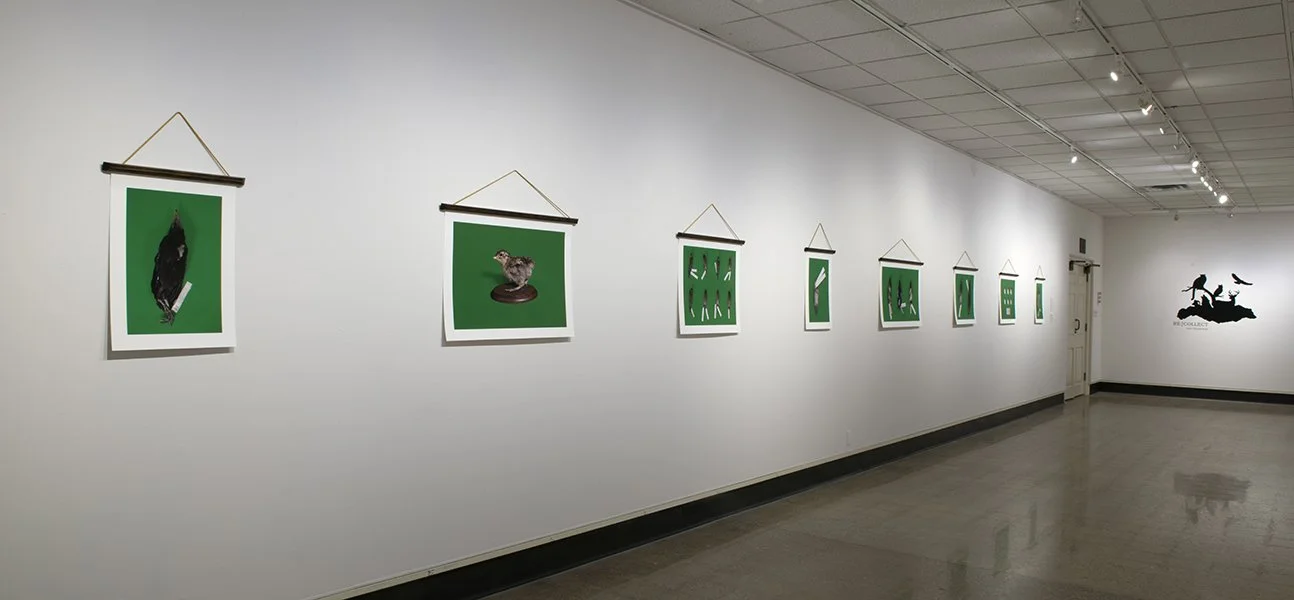
Installation View, Coe College, Cedar Rapids, IA (2018).